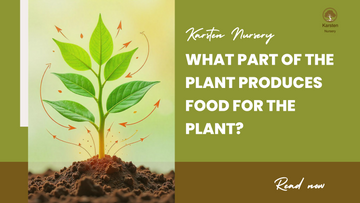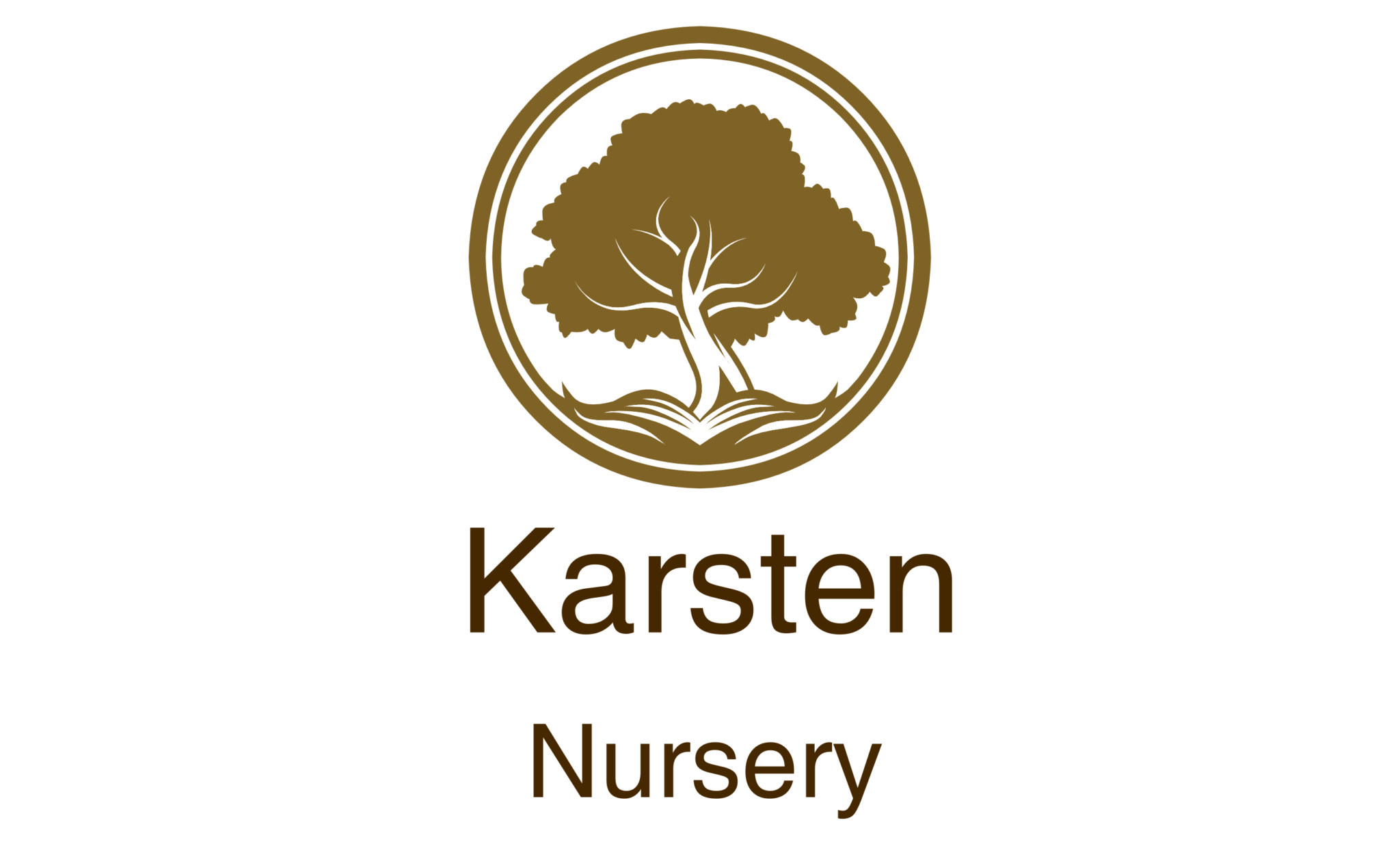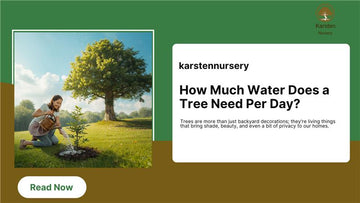
Have you ever wondered how a plant makes its own food without a kitchen, groceries, or even a mouth? It might seem like magic, but plants have a clever way of feeding themselves using just sunlight, water, and air.
Deep within their green parts, a quiet process is always at work—one that helps them grow tall, strong, and full of life. But which part of the plant is in charge of this amazing job? Get ready to discover the plant’s very own food factory!
What part of the plant is responsible for food production?
The answer is simple: the leaves. These flat, green surfaces aren’t just decorative—they're the plant's own food factories.
Leaves are where magic happens. Packed with specialized cells and pigments, they absorb sunlight and kickstart the food-making process. If you’ve ever asked “what part of a plant produces food,” you’re essentially talking about leaves doing their job through photosynthesis.
How do leaves produce food for plants?
Leaves use sunlight, carbon dioxide (from the air), and water (from the soil) to produce glucose—a type of sugar that fuels the plant. This process is what people mean when they talk about how do plants produce their own food.
Quick-Specs Box
|
Feature |
Detail |
|
Main Food-Making Part |
Leaves |
|
Key Ingredient Used |
Sunlight |
|
Process Name |
Photosynthesis |
|
Energy Stored As |
Glucose (sugar) |
|
Helps With |
Growth, repair, reproduction |
What is the role of chlorophyll in plants?
Chlorophyll is the pigment that gives leaves their color and powers photosynthesis. This molecule absorbs light, especially blue and red wavelengths, and converts it into energy. Without chlorophyll, plants simply cannot produce food. It’s what makes food producing plant's function.
So next time you see something leafy and green, give a little nod to chlorophyll—it’s doing the heavy lifting.
How plants make food through photosynthesis?
 Photosynthesis is the scientific name for the process where plants take light, water, and carbon dioxide and make food.
Photosynthesis is the scientific name for the process where plants take light, water, and carbon dioxide and make food.
Here’s the breakdown:
-
Leaves absorb sunlight.
-
Roots draw in water.
-
Leaves take in carbon dioxide through tiny pores.
-
Chlorophyll uses sunlight to convert CO₂ and water into glucose.
-
Oxygen is released as a bonus.
So yes, plants produce food from air also. It’s no wonder they’re called producers in the food chain.
Which part of the plant uses sunlight to make food?
Leaves are part of a plant that uses sunlight for a crucial purpose. It’s also the part that contains chloroplasts, the actual sites of photosynthesis.
If you’ve ever asked,“ do plants produce their own food,” the answer lives in those chloroplasts inside every healthy green leaf.
Why do plants need sunlight to produce food?
Sunlight isn’t optional; it’s the main energy source. Without it, photosynthesis can’t occur, and the plant can’t make glucose. And since glucose is vital for everything from growth to flowering, the sun becomes the lifeline.
Can plants produce food without sunlight?
Without sunlight, plants can’t perform photosynthesis. Sure, some grow in low-light conditions, but they still need some light to get by.
Plants grown in total darkness will stop producing food and eventually die. That’s why even indoor houseplants need a window or grow light.
So, if you’ve ever wondered “can plants produce their own food in the dark,” the answer’s a firm nope.
How does photosynthesis support plant growth?
Glucose isn’t just food—it’s fuel. It powers every aspect of plant life: making new cells, forming roots, building stems, and producing flowers or fruit. That means the food plants produce directly contributes to their survival and reproduction. No photosynthesis, no growth.
Glucose can also be stored as starch, which the plant can tap into later, like a packed lunch for rainy days.
What part of the plant absorbs water and nutrients?
 We can’t leave the roots out of the conversation. While leaves handle the sunlight, roots are in charge of absorbing water and minerals from the soil. These are critical ingredients for photosynthesis.
We can’t leave the roots out of the conversation. While leaves handle the sunlight, roots are in charge of absorbing water and minerals from the soil. These are critical ingredients for photosynthesis.
So, while the answer to “what part of the plant produces food for the plant” is the leaves, they wouldn’t get far without their underground partners. The two work hand-in-hand to make food.
Conclusion
The part of the plant that produces food is the leaf, often called the “food factory” of the plant. Through a process called photosynthesis, leaves use sunlight, carbon dioxide, and water to create the energy plants need to grow and thrive. It's a fascinating reminder of how every green leaf plays a vital role in the life of a plant.
At Karsten Nursery, we offer a diverse selection of over 100 species of trees, shrubs, and conifers—each with the power to transform your landscape and bring nature’s food factories to life.
Visit us and view our current selection and find the perfect plant to add beauty and life to your outdoor space!
FAQs
Q: What part of the plant produces food for the plant?
The leaves are the main part of the plant responsible for food production. They use sunlight, water, and carbon dioxide to create glucose through a process called photosynthesis.
Q: What part of the plant produces food?
Food is produced in the leaves, where chloroplasts containing chlorophyll convert sunlight into chemical energy. This process allows plants to produce their own food and support their growth.
Q: Which part of the plant cell makes food for the plant?
Within the plant cell, chloroplasts are the specific organelles that make food. They contain chlorophyll and are the site where photosynthesis takes place, turning sunlight into usable energy.
Q: Where does plant food come from?
Plant food (glucose) is produced internally in the leaves. It comes from the plant converting sunlight, carbon dioxide (from the air), and water (from the roots) into sugar. So, plants produce their own food naturally—no grocery store needed!
Q: What part of the plant produces seeds?
Flowers are the reproductive part of the plant that produces seeds. Once pollination occurs, the flower's ovary develops into a fruit, which contains the seeds for the next generation of plants.
Read more relevant blogs as well. What are the 4 Environmental Conditions Needed for Plant Growth?
What are the 4 Environmental Conditions Needed for Plant Growth?




